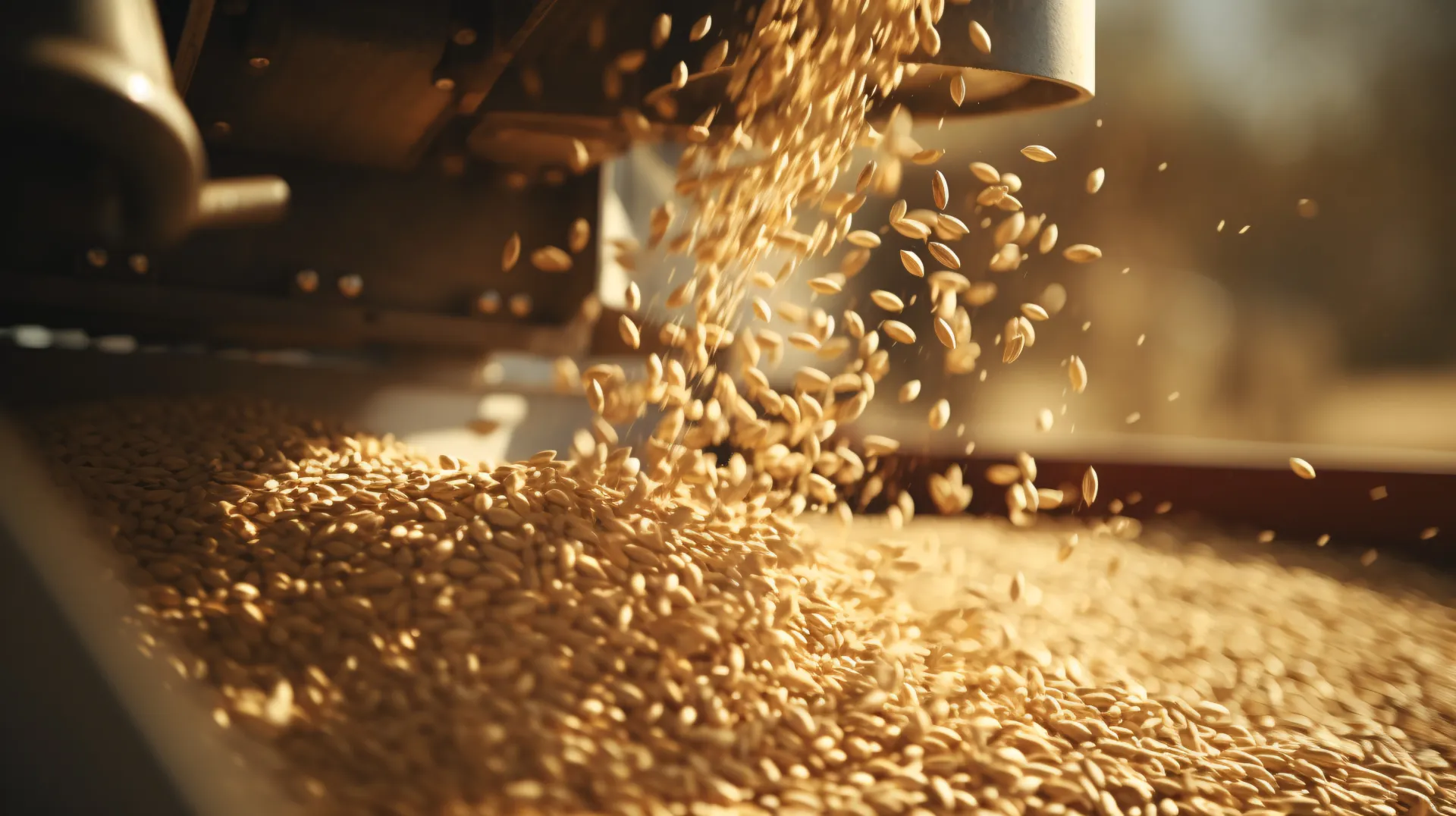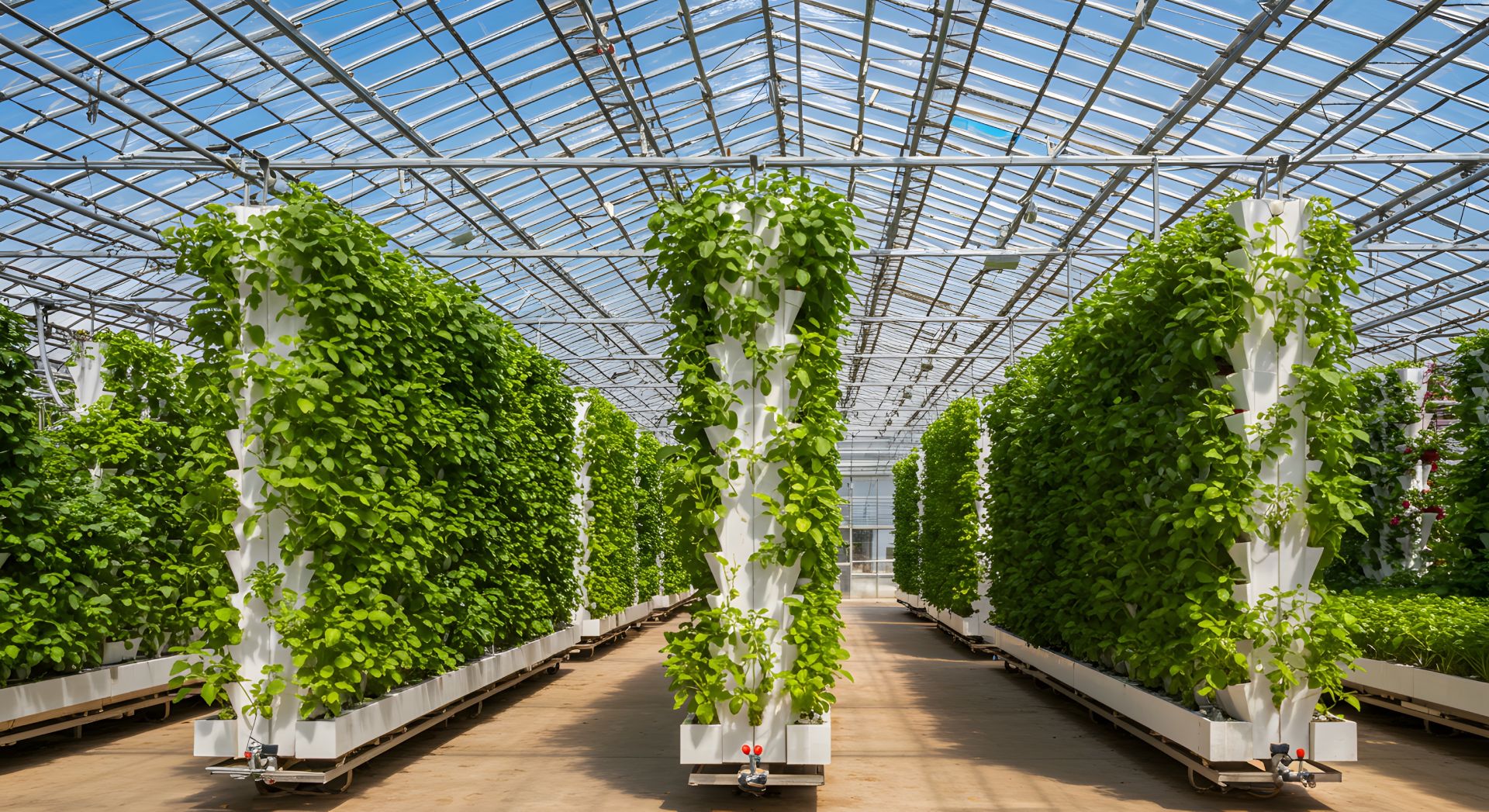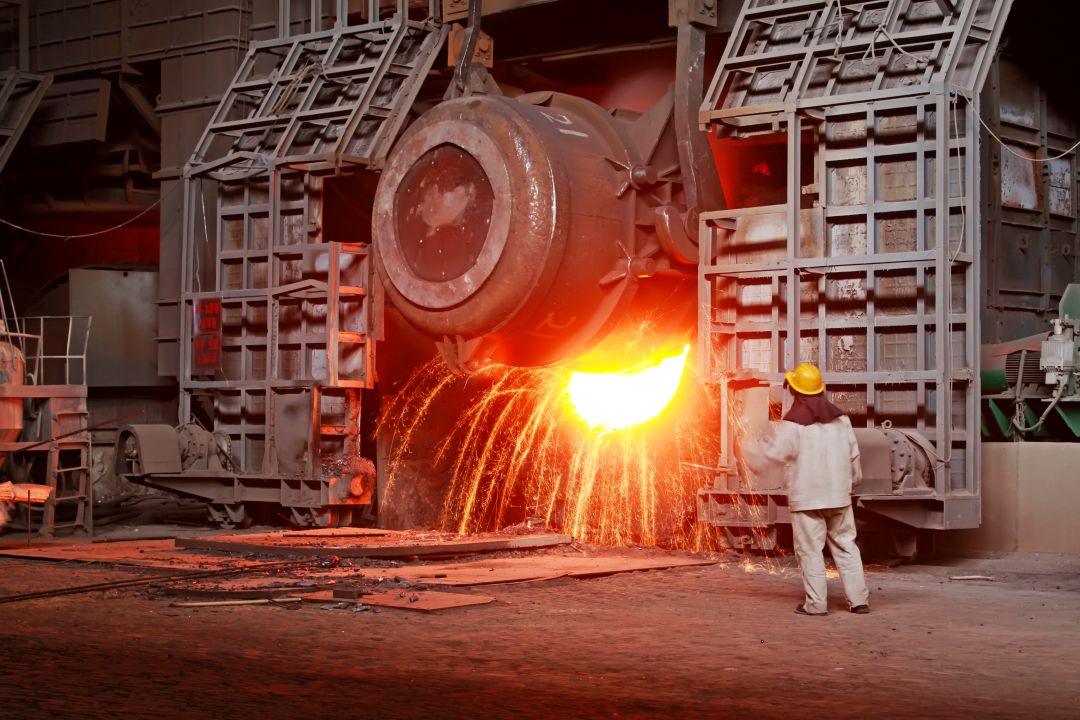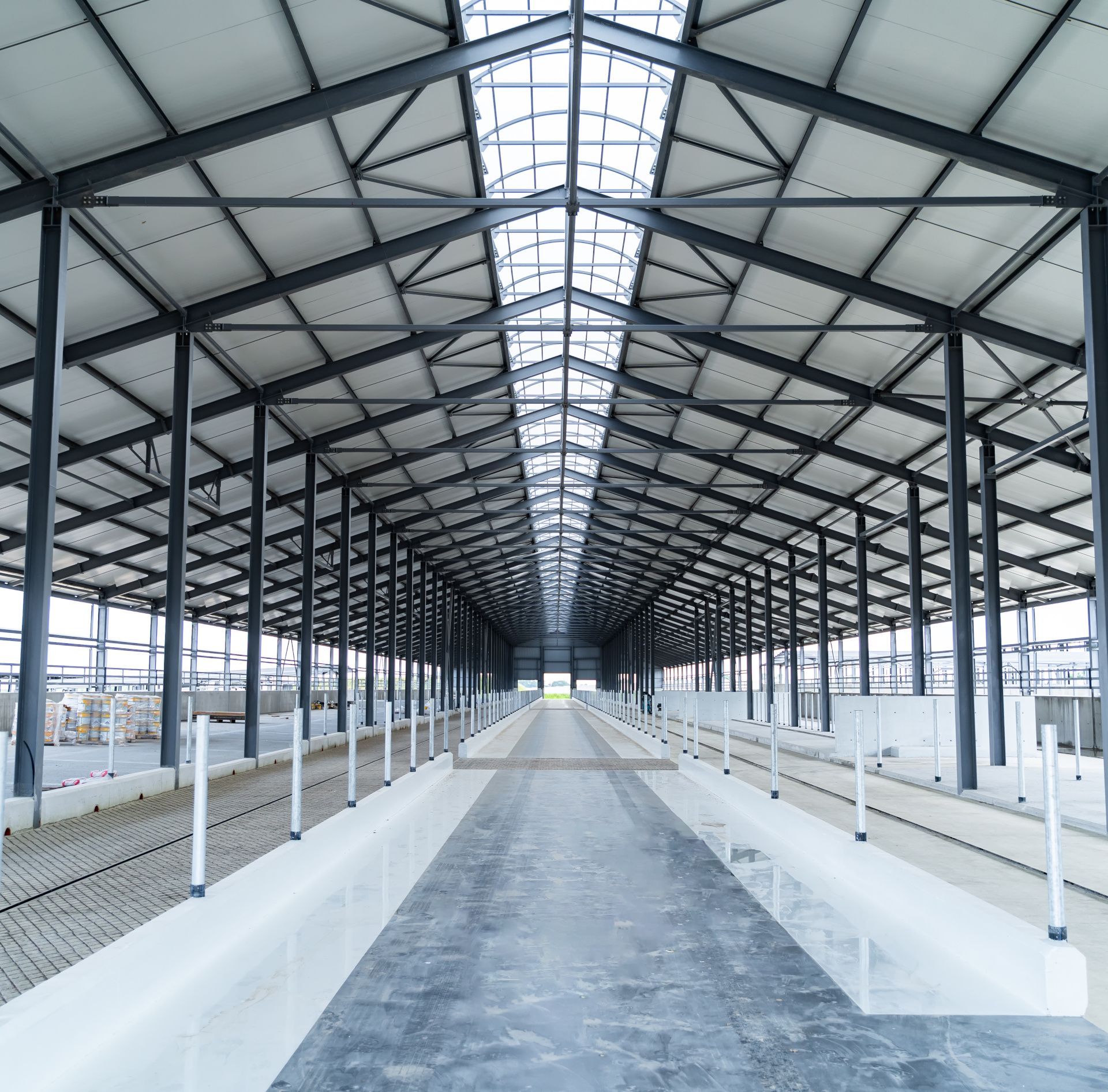Proper hay storage is a crucial aspect of farming, ensuring that your livestock receive high-quality feed year-round.
Whether you’re a small-scale operator or a large agricultural enterprise, effective hay storage management can make a significant difference in the quality and longevity of your stored hay. In this blog post, we’ll share five essential tips to help you master the art of hay storage and preservation.
Proper Curing and Moisture Control
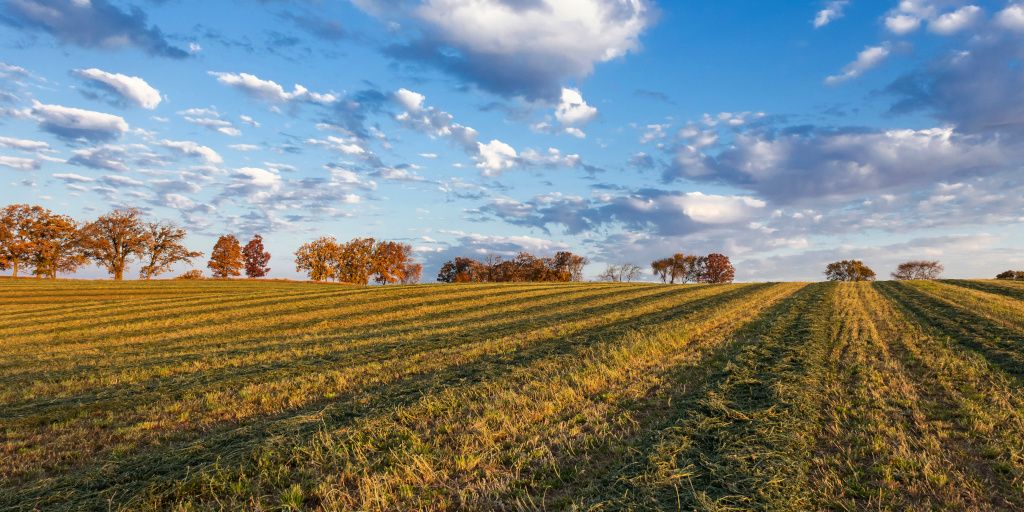
Before loading your hay into storage, it’s essential to ensure it’s adequately cured and has the right moisture content. Proper curing allows excess moisture to evaporate, reducing the risk of mould and heat buildup.
Monitor your hay’s moisture levels using a moisture meter and aim for a moisture content of around 14-18% for safe storage. Well-cured and adequately dried hay will not only preserve better but also reduce the risk of spontaneous combustion.
Ventilation Matters
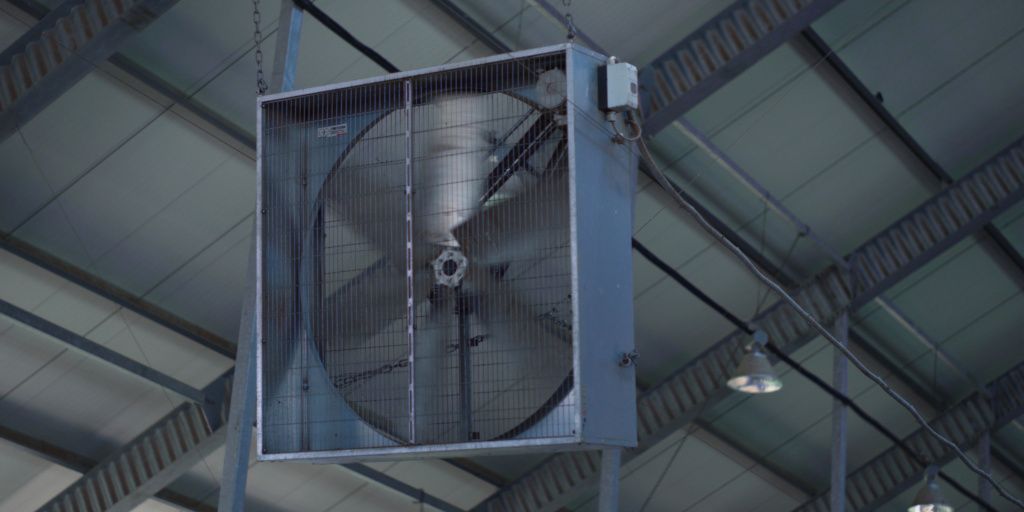
Good airflow within your hay storage building is crucial. Adequate ventilation helps prevent moisture buildup, which can lead to mould growth and hay spoilage.
Consider investing in steel-framed hay storage buildings equipped with effective ventilation systems. These buildings facilitate proper airflow, helping to maintain hay quality. Well-ventilated storage is particularly vital in regions with high humidity.
Temperature Monitoring
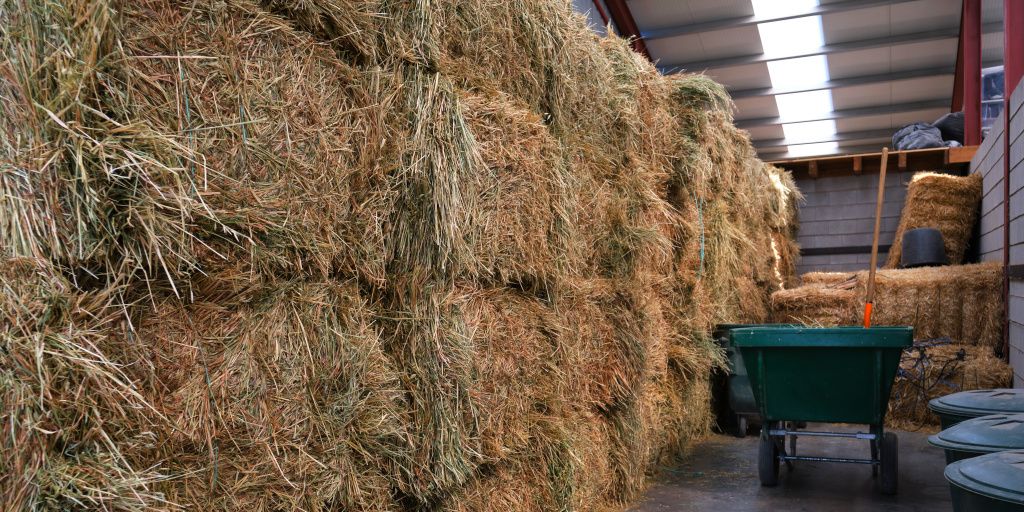
Regularly monitoring the temperature of your stored hay is an excellent preventive measure. Temperature spikes can indicate issues like heating, which can lead to spontaneous combustion.
Use temperature probes or long-stem thermometers to check the temperature at various points within the hay stack. Early detection of temperature increases allows you to take action promptly, preventing potential damage to your stored hay.
The optimal temperature for storing hay is generally below 38°C (100°F). Proper hay storage temperature is crucial to prevent heating, mould growth, and the risk of spontaneous combustion.
Customisation For Hay Types
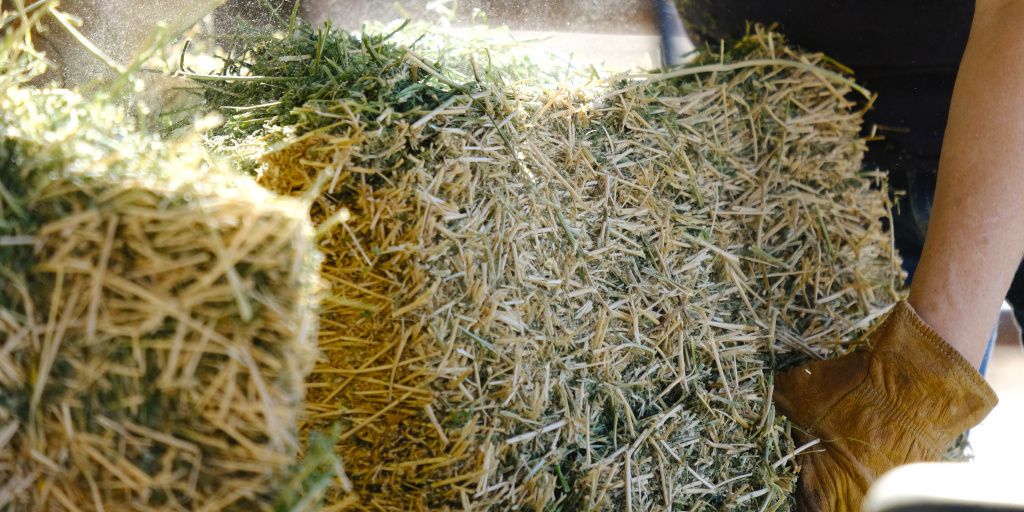
Different types of hay, such as alfalfa, grass, or clover, may have varying storage requirements. Customisation options in hay storage buildings can accommodate these specific needs.
Consider factors like bale size and density when designing your storage space. Customising your steel-framed building to match your hay type ensures optimal storage conditions and hay quality.
Regular Inspections and Maintenance

Regular inspections of your hay storage building are essential to identify and address issues early on. Check for signs of damage, leaks, or structural problems. Ensure that doors and ventilation systems are functioning correctly.
Establish a routine maintenance schedule that includes tasks like cleaning gutters, replacing damaged roofing, and lubricating door mechanisms. Proper maintenance keeps your storage building in optimal condition, reducing the risk of hay spoilage.
Conclusion:
In conclusion, effective hay storage management is a critical aspect of farming that directly impacts the quality and longevity of your stored hay. By following these five essential tips, you can safeguard your hay inventory and ensure that your livestock receive the best feed possible.
Require Proper Hay Storage Solutions?
Are you looking for a hay storage solution that meets your unique needs? At Buildings-UK, we offer customisable steel-framed hay storage buildings designed to enhance hay preservation and storage efficiency. Contact us today to learn more about our solutions and how we can assist you in achieving your hay storage goals.


